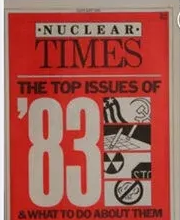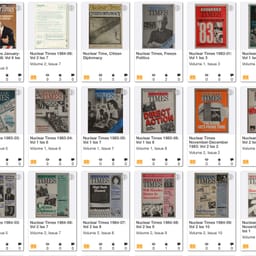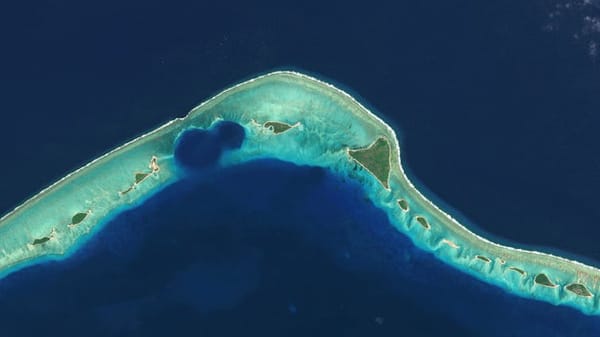New Series: Art for Disarmament
Nuclear Times is launching Art for Disarmament. A new series celebrating the myriad contributions of artists and the arts to nuclear disarmament.
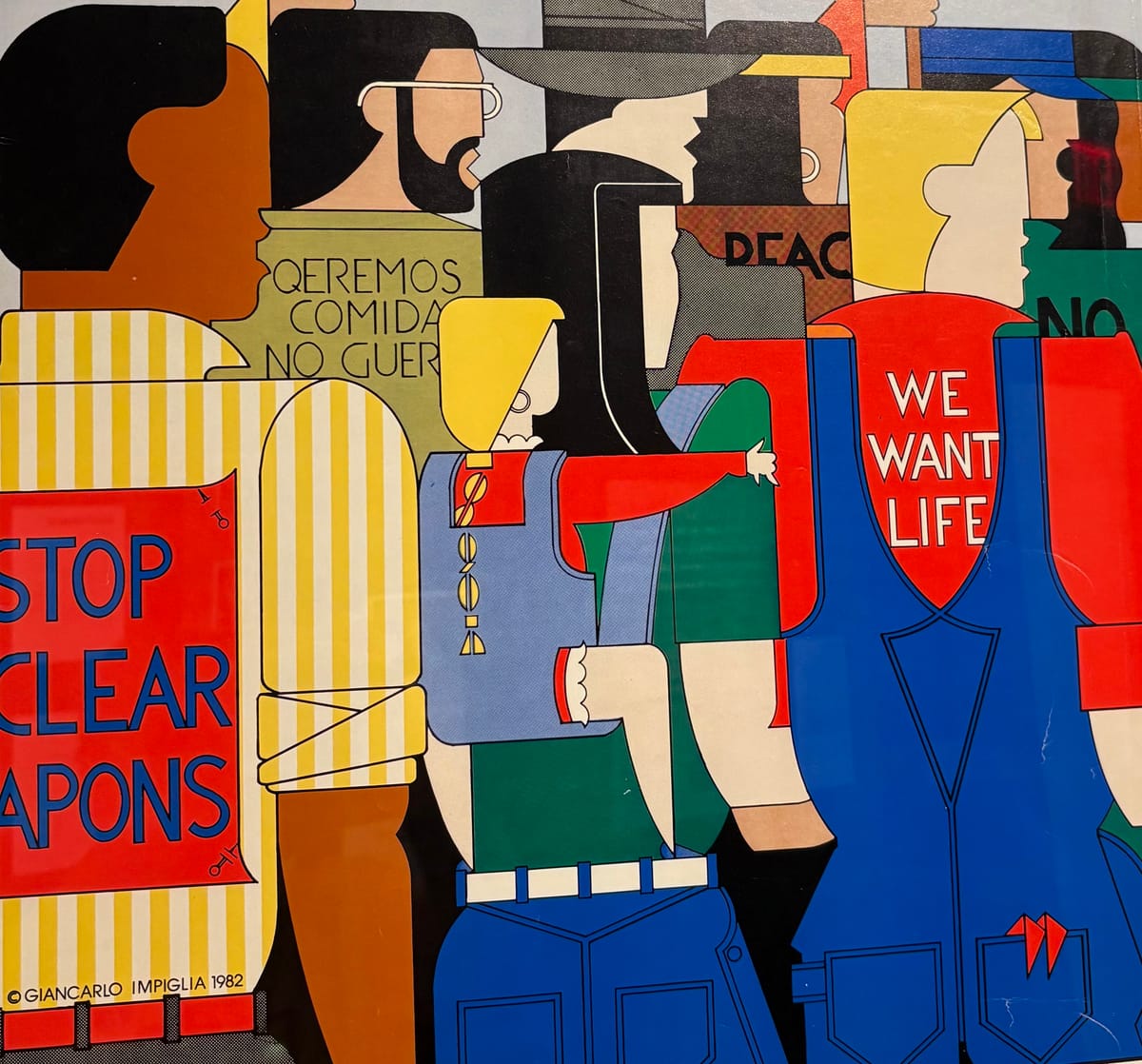
Since the movement to eliminate nuclear weapons began, the arts have been vital in galvanizing and inspiring people to act. Beginning with the drawings by atomic bomb survivors, including those published in Unforgettable Fire in 1977, artists, musicians, poets, dancers, and actors have lent their talent and voice to create a world in which future generations do not have to live in fear of nuclear weapons.
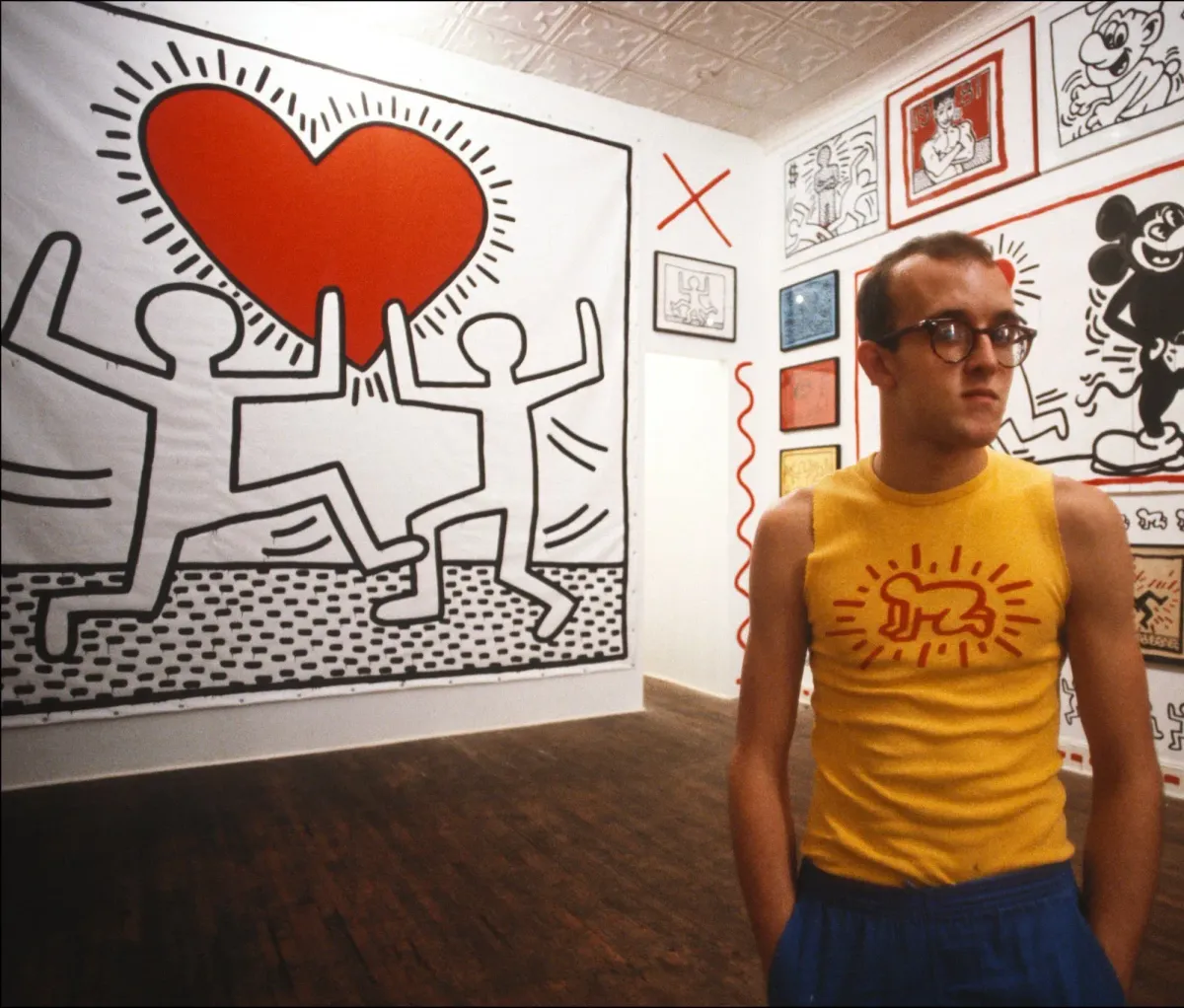
Read the first article in our new series.
Performing Artists for Nuclear Disarmament (PAND), Dancers for Disarmament, the Bread and Puppet Theater group, and Hollywood for SANE are just a few of the groups that collectively fought back against the Reagan administration’s plans to massively increase spending on nuclear weapons and his threats of nuclear war with the Soviet Union.
John Coltrane, Charlie Parker, Marian Anderson, Bonnie Raitt, Sting, Ani DiFranco, Bruce Springsteen, James Taylor, Jackson Browne, and Bob Dylan are just a small sample of artists who wrote songs about nuclear war and performed benefit concerts to raise money for the cause.
We are now witnessing a resurgence in the film and television industry focusing on the nuclear issue. Annie Jacobsen’s book, Nuclear War and Martin Sherwin’s Gambling with Armageddon have both been optioned for the big screen. The horrifying 1984 film Threads is getting a reboot. James Cameron is directing a film based on Charles Pellegrino’s new book, Ghosts of Hiroshima.
At the same time, funding for the arts is under attack by the current administration. Of course, this is not new. Arts are often overlooked and the low hanging fruit when funding is cut at every level. Within the nuclear field, results are often the same. Projects focused on the arts are more often than not left on the chopping block to create more space for policy and academic research. We believe this is a mistake and needs to change.
Our new series will explore the way arts have played a critical role in the nuclear disarmament movement and why it is essential that present and future endeavors receive support.
